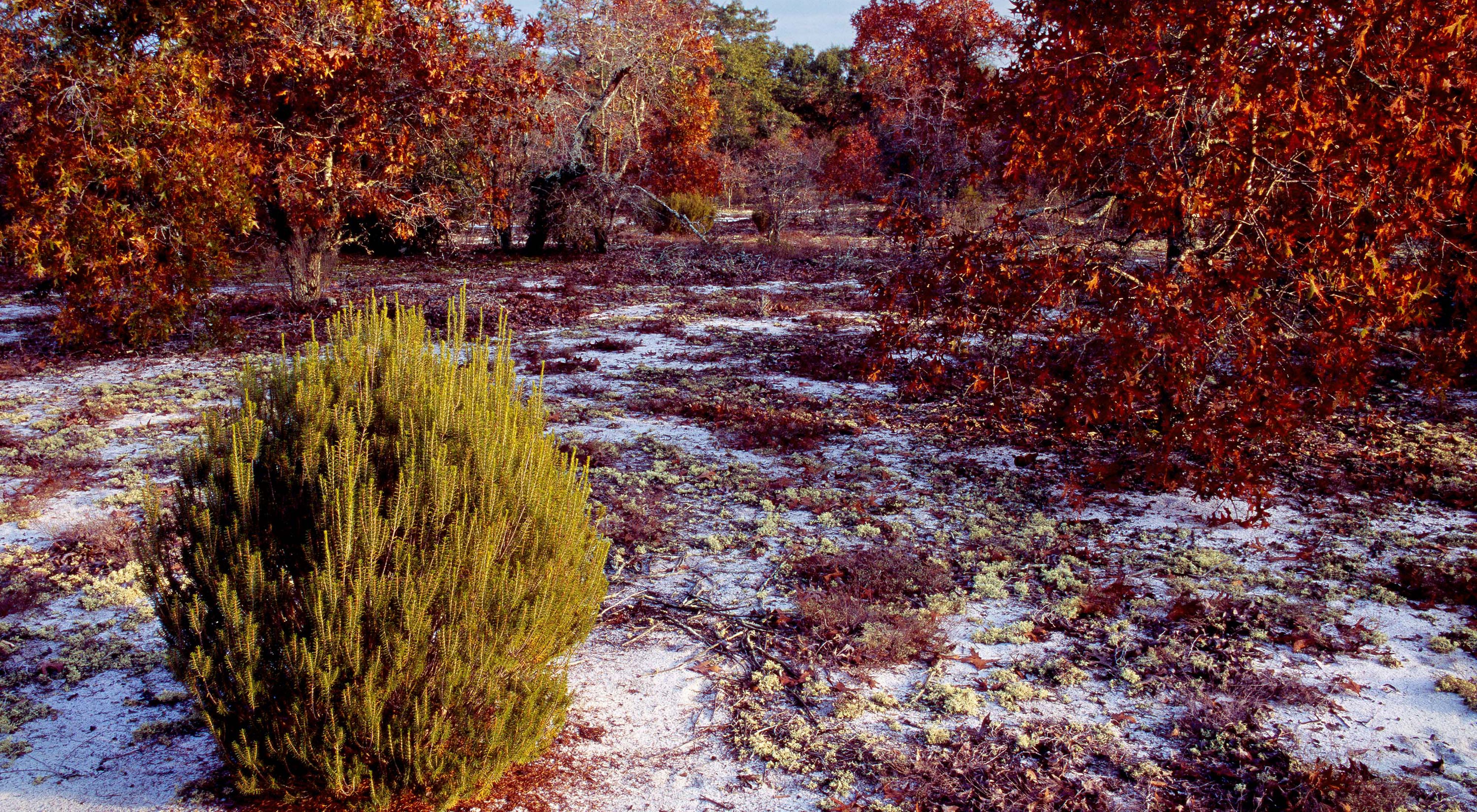Description
The soil at Ohoopee Dunes Preserve is coarse, quartz-based sand. It holds few nutrients and drains quickly. It would seem an inhospitable bedrock for life to build upon. Yet that soil manages to support some of Georgia’s most unique plants and animals, species which, over the course of millennia have adapted specifically to the harsh conditions of these dunes and sandhills.
The preserve is a marvel, a 270-acre protected parcel within the much larger Ohoopee Dunes WMA, all of which is nurtured by the steady flow of water from the Little Ohoopee River.
The Little Ohoopee begins in southeastern Georgia, just a few miles west of Swainsboro, in Emanuel County. The river itself joins with the big Ohoopee and eventually meets the Altamaha River, which drains into the Atlantic just south of Darien.
While it seems strange to see sand dunes so far from the coast, the sandhills of the Ohoopee are ecologically identical to their seashore counterparts. These inland dunes are remnants of an earlier time when sands were blown up from the riverbed onto the east bank by westerly winds during glacial periods. In some places, the sands are 70 feet deep.
While the Ohoopee sandhills retain many of the characteristics of sand dunes, thousands of years of adaptation have given rise to many plant species that have added stark notes of beauty to an otherwise harsh environment. All of the natural communities of the region—from sandhills to longleaf pine woodlands—are considered important by the Conservancy and partners, who are working together to restore areas altered by agriculture and to encourage diversity of life on the property through prescribed burns, plant conservation, invasive species removal and comprehensive site monitoring.
Visiting Ohoopee Dunes
Ohoopee Dunes Preserve is closed to the public, but The Nature Conservancy encourages visitors to explore the Ohoopee Dunes Wildlife Management Area adjacent to the preserve. For more information, 404-873-6946 or e-mail tncgeorgia@tnc.org.
